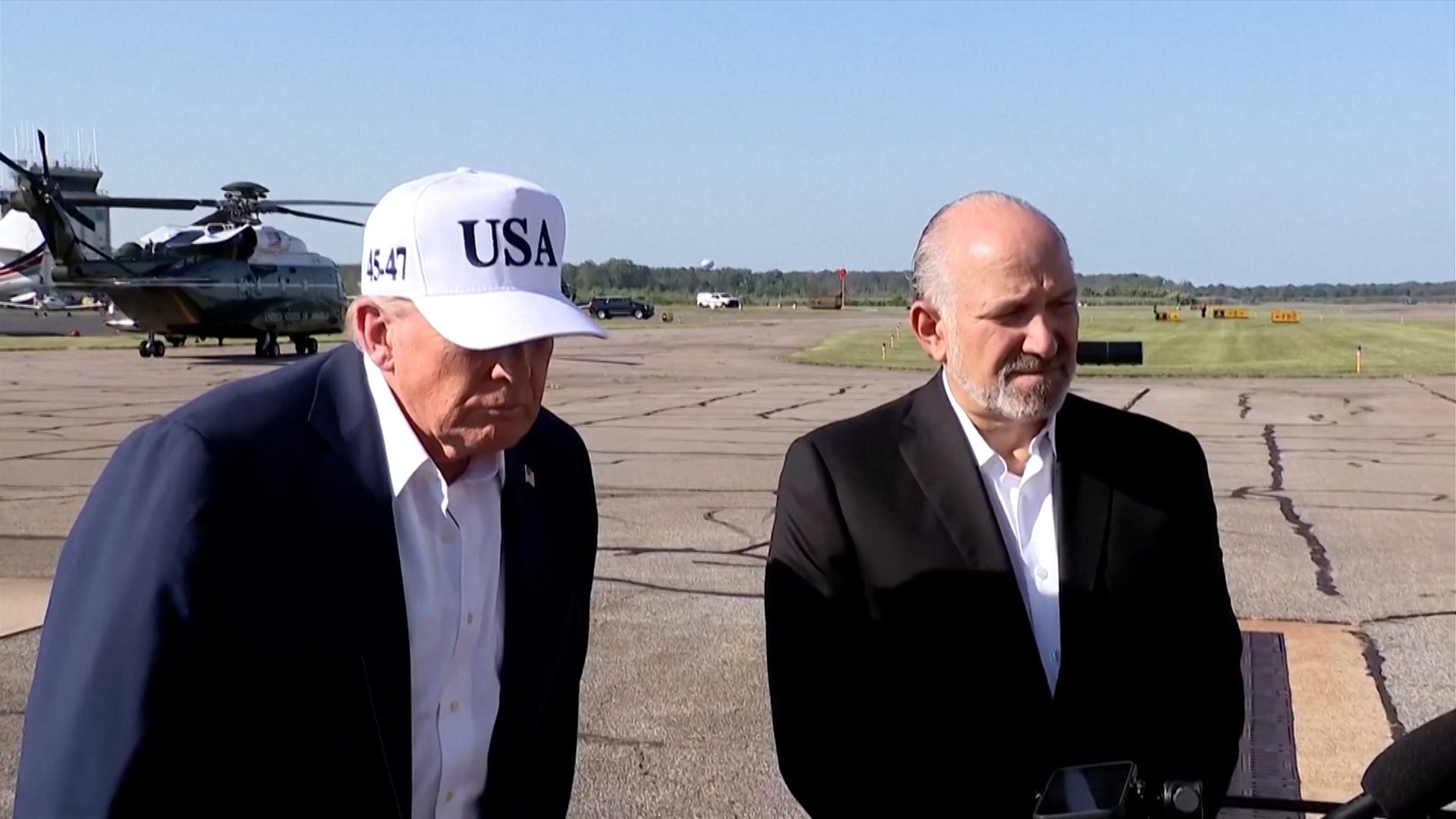Now Reading: Trump hikes tariffs on 14 countries, with more to come
-
01
Trump hikes tariffs on 14 countries, with more to come
Trump hikes tariffs on 14 countries, with more to come


US tariffs set to take effect August 1st in new deadline
The president said most tariff deals should be done by July 9th, but won’t take effect until August 1st.
WASHINGTON ― President Donald Trump revealed new tariff rates on 14 countries — and extended until August 1 a pause on higher rates that was due to expire July 9.
In separate July 7 letters to each targeted country, Trump said he will impose 25% tariffs on goods from Malaysia, Tunisia and Kazakhstan, 30% tariff rates on imports from South Africa and 40% tariffs on Laos and Myanmar.
Products from Cambodia and Thailand will receive 36% tariffs, while Serbia and Bangladesh face a rate of 35%. Trump said Indonesian imports would have a 32% tariff and goods from Bosnia and Herzegovina would be tariffed at 30%.
Earlier in the day he announced 25% tariffs on imports from Japan and South Korea. The new rates will begin Aug. 1.
In all, Trump announced 14 new rates on July 7. He also delayed the reciprocal tariffs he announced in April. The new deadline for those to take effect is also August 1.
Dozens of more tariff letters will be sent in the next few weeks, White House press secretary Karoline Leavitt said.
“It’s the president’s prerogative, and those are the countries he chose,” Leavitt said of the order of the targeted countries.
The tariff announcements so far have sent stock markets tumbling. Trump has argued the steep tariffs are needed to rejuvenate U.S. manufacturing in key sectors.
In his letters to leaders of the affected countries, Trump has warned: “If for any reason you decide to raise your tariffs, then, whatever the number you choose to raise them by, will be added onto the 25% that we charge.”
The letters state the tariffs are “necessary to correct” unstainable trade deficits the United States has with the respective countries. They also say there will be no tariffs on the countries if they agree to build or manufacture in the United States.
Companies are currently paying a 10% universal U.S. tariff that Trump imposed on imports from some 180 nations. The significantly larger “reciprocal” tariffs that Trump initially imposed in early April ‒ but soon after paused for 90 days amid market turbulence ‒ were set to go back into effect July 9.
Leavitt told reporters that Trump would sign an executive order “delaying the July 9th deadline to August 1st” and that new rates would be provided in correspondence to these foreign leaders that would be “going out the door within the next month.”
Trump’s new rates have for the most part closely mirrored the amounts of the delayed tariffs that Trump announced on April 2 on what he called “Liberation Day.” Cambodia was among the exceptions. Its rate came down substantially from 49%.
Separately, Trump on Monday warned nations aligned with the BRICS economic group, which includes Brazil, Russia, India, China and South Africa, that they would pay an additional 10% tariff and there would be “no exceptions” to the policy.
When the Trump administration delayed the “Liberation Day” tariffs to allow negotiations with other nations to continue, the White House economic team predicted deals would come at breakneck speed. White House trade adviser Peter Navarro said the administration would reach 90 deals in 90 days.
But the administration has struggled to make progress on that pledge, securing only two trade deals to date ‒ with the United Kingdom and Vietnam ‒ while reaching a framework for a deal with China.
Leavitt rejected a suggestion at her July 7 briefing that Trump’s punt to August 1 for the rates to go into effect was an acknowledgement that it had been tougher to negotiate the deals.
“No. It’s an acknowledgement that this administration is doing what’s best for the American worker and we want the best deals possible for our workers, for our manufacturing base, for our middle class, and they are doing this deliberately and appropriately on behalf of our country’s interests,” Leavitt said.
This story has been updated to include new information.
















































